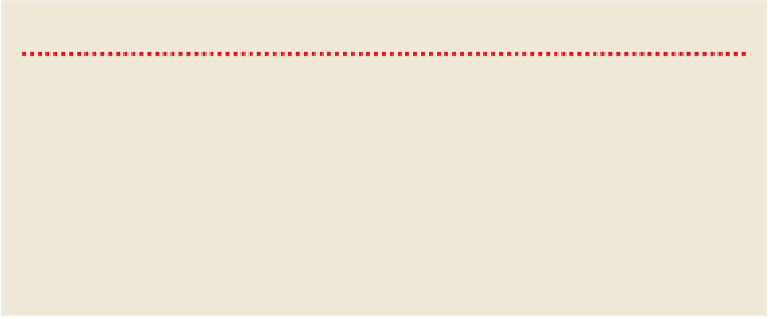Travel Reference
In-Depth Information
Independence for Cambodia & Laos
In 1941 Admiral Jean Decoux placed 19-year-old Prince Norodom Sihanouk on the Cam-
bodian throne, assuming he would be naive and pliable. As he grew in stature, this proved
to be a major miscalculation. In 1953 King Sihanouk embarked on his 'royal crusade': his
travelling campaign to drum up international support for his country's independence.
Independence was proclaimed on 9 November 1953 and recognised by the Geneva Con-
ference of May 1954. In 1955 Sihanouk abdicated, afraid of being marginalised amid the
pomp of royal ceremony. The 'royal crusader' became 'citizen Sihanouk' and vowed never
again to return to the throne.
Laos was granted independence at the same time. The tragedy for Laos was that when,
after two centuries, the independent Lao state was reborn, it was conceived in the national-
ism of WWII, nourished during the agony of the First Indochina War and born into the
Cold War. Thus, from its inception, the Lao state was torn by ideological division, which
the Lao tried mightily to overcome, but which was surreptitiously stoked by outside inter-
ference.
A 'SOLUTION' TO THE INDOCHINA PROBLEM
The Geneva Conference of 1954 was designed to end the conflict in Indochina, but the Vietnamese had
done a good job of that with their comprehensive defeat of French forces at Dien Bien Phu. Resolutions
included: the temporary division of Vietnam into two zones at the Ben Hai River (near the 17th Paral-
lel); the free passage of people across the 17th parallel for a period of 300 days; and the holding of na-
tionwide elections on 20 July 1956.
Laos and Cambodia were broadly neglected. In Laos two northeastern provinces (Hua Phan and
Phongsali) were set aside as regroupment areas for Pathet Lao ('Land of the Lao', or communist)
forces. No such territory was set aside in Cambodia, so a group of 1000 Cambodian communists trav-
elled north to Hanoi where they were to remain for the best part of two decades. When they returned to
Cambodia to help the revolution in the early 1970s, most were purged under orders from Pol Pot, who
viewed them as ideologically contaminated by the Vietnamese.

Search WWH ::

Custom Search